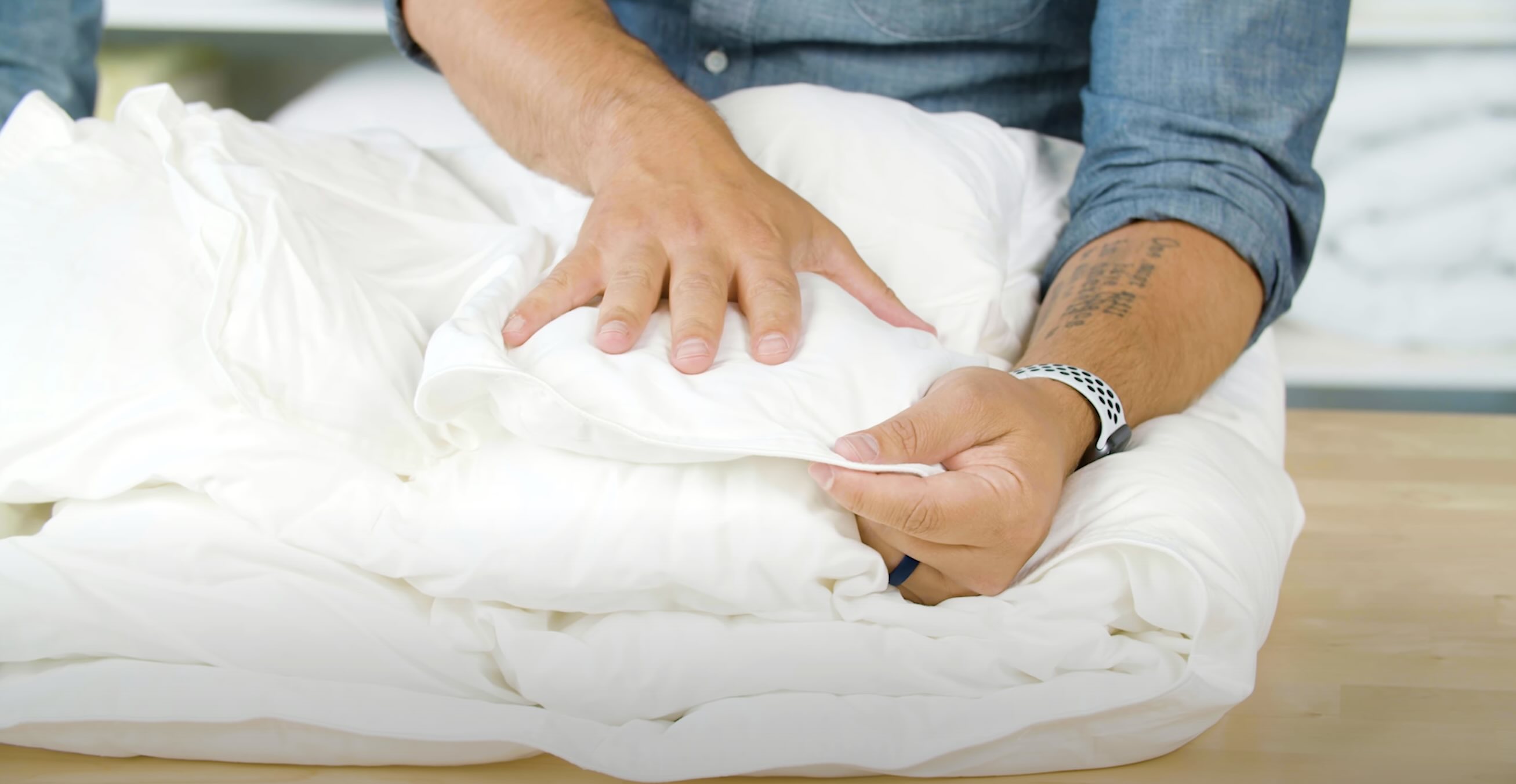

Articles
What Is A Duvet Insert
Modified: August 17, 2024
Discover everything you need to know about duvet inserts in our comprehensive articles. Find the perfect one for your bedroom and enjoy a cozy night's sleep.
(Many of the links in this article redirect to a specific reviewed product. Your purchase of these products through affiliate links helps to generate commission for Storables.com, at no extra cost. Learn more)
Introduction
Welcome to the world of cozy and comfortable sleep! If you’re looking for an extra layer of warmth and comfort for your bed, then a duvet insert is the perfect solution. Duvet inserts not only provide insulation during cold nights but also offer a luxurious and soft sleeping experience. In this article, we will explore what a duvet insert is, the different types available, the benefits they offer, factors to consider when choosing one, and how to care for it to maintain its longevity.
A duvet insert, also known as a comforter insert, is a type of bedding that is used to fill a duvet cover. Duvet covers are typically made of soft fabric and come in a variety of designs and patterns. The duvet insert goes inside the cover, providing warmth and a plush feel. The combination of the cover and the insert creates a beautiful and functional bed covering that is versatile and easy to maintain.
Now that we have a general idea of what a duvet insert is, let’s explore the different types available on the market. Understanding the options will help you make an informed decision when selecting the perfect duvet insert for your needs.
Key Takeaways:
- Duvet inserts offer comfort, warmth, and versatility, with options ranging from down to synthetic and seasonal inserts. Consider factors like fill material, size, and care instructions to choose the perfect one for your needs.
- Proper care and maintenance, including fluffing, spot cleaning, and using a duvet cover, are essential to ensure the longevity and cleanliness of your duvet insert. Embrace the warmth and comfort of a duvet insert to transform your bed into a cozy sanctuary.
Read more: How To Choose A Duvet Insert
Definition of Duvet Insert
A duvet insert, also known as a comforter insert, is a soft and fluffy bedding component designed to fit inside a duvet cover. It is essentially a thick, quilted blanket filled with materials such as down feathers, synthetic fibers, or a combination of both. The purpose of a duvet insert is to provide insulation and warmth during sleep, making it an essential component of a cozy and comfortable bed.
The duvet insert is typically rectangular in shape and comes in various sizes to accommodate different bed sizes, ranging from twin to king. It is often secured within the duvet cover through loops, buttons, or ties to prevent it from shifting or bunching up inside the cover.
One key feature of a duvet insert is its fill type. The fill can consist of natural materials, such as down feathers, which are prized for their exceptional insulation properties and lightweight feel. Down is derived from the soft underlayer of feathers, usually from ducks or geese. It provides excellent warmth retention while allowing for breathability, making it suitable for all seasons.
On the other hand, there are also duvet inserts filled with synthetic fibers, such as polyester. Synthetic fillings are hypoallergenic and can provide similar warmth and comfort to down, but at a lower cost. These inserts may be a more suitable option for individuals with allergies or those who prefer a cruelty-free alternative.
Duvet inserts can vary in thickness or loft, which refers to the height or fluffiness of the insert. The loftiness of the insert can range from medium to high, allowing individuals to choose a level of insulation that suits their preferences and local climate.
Now that we have a clear understanding of what a duvet insert is, let’s explore the different types available in more detail.
Different Types of Duvet Inserts
When it comes to duvet inserts, there are several types to choose from, each offering unique features and benefits. Let’s take a closer look at the different types of duvet inserts available:
- Down Duvet Inserts: These inserts are filled with the fine feathers found underneath the tough exterior feathers of ducks or geese. Down is known for its exceptional warmth and incredible insulation properties. It offers a lightweight and fluffy feel, making it perfect for those who prioritize loft and comfort.
- Synthetic Duvet Inserts: Synthetic duvet inserts are filled with polyester or microfiber materials. These inserts are a great option for individuals with allergies, as they are hypoallergenic and resistant to dust mites. Synthetic inserts can provide similar warmth and comfort to down, but at a more affordable price point.
- Down Alternative Duvet Inserts: These inserts are designed to mimic the qualities of natural down without using animal products. Typically filled with synthetic fibers such as polyester or rayon, down alternative inserts offer a hypoallergenic and cruelty-free option for those who prefer an animal-free bedding choice.
- Wool Duvet Inserts: Wool duvet inserts are filled with wool fibers, providing natural insulation and temperature regulation. Wool is naturally breathable and moisture-wicking, making it suitable for both warm and cold climates. It is also an eco-friendly option, as it is a renewable and biodegradable material.
- Feather Duvet Inserts: Similar to down inserts, feather duvet inserts are filled with the outer feathers of ducks or geese. These inserts provide a medium level of warmth and are slightly heavier compared to down inserts. Feather inserts can provide a more affordable alternative to down, while still offering comfort and coziness.
- Seasonal Duvet Inserts: Seasonal duvet inserts are designed to provide varying levels of warmth depending on the season. They often come with multiple duvet inserts, allowing you to customize the warmth by adding or removing inserts as needed. This versatility ensures that you stay comfortable and cozy all year round.
With the different types of duvet inserts available, you can choose the one that best suits your preferences, budget, and specific sleep needs. Now that we’ve explored the different types of duvet inserts, let’s delve into the benefits of using these cozy bedding essentials.
Benefits of Using a Duvet Insert
Using a duvet insert offers a plethora of benefits that contribute to a comfortable and restful sleep experience. Let’s explore the advantages of incorporating a duvet insert into your bedding setup:
- Comfort and Coziness: Duvet inserts provide a layer of softness and plushness to your bed, enhancing overall comfort. The fluffy fill material, whether it’s down, synthetic fibers, or wool, creates a cozy sleeping environment that invites you to curl up and relax.
- Insulation and Warmth: One of the primary functions of a duvet insert is to provide insulation and warmth during colder seasons. The fill material, especially down and wool, traps heat and regulates body temperature, keeping you comfortably warm throughout the night.
- Customizability: Duvet inserts offer the flexibility to adjust their warmth based on personal preferences and changing seasons. Some duvet inserts come with multiple inserts that can be added or removed to achieve the desired level of warmth. This allows you to customize your bedding to match your comfort needs.
- Ease of Cleaning: Duvet inserts are designed to be easy to clean and maintain. Most inserts can be machine washed and dried, making it convenient to keep them fresh and hygienic. Regular cleaning helps prolong the lifespan of the insert and ensures that you have a clean sleeping environment.
- Protection for Duvet Covers: Duvet inserts act as a protective layer for duvet covers, shielding them from dirt, spills, and general wear and tear. This helps extend the lifespan of your duvet cover, saving you money in the long run by reducing the need for frequent replacements.
- Versatility in Style: Duvet inserts offer versatile styling options for your bed. The duvet cover that encases the insert can be easily swapped or changed, allowing you to update your bedroom decor or switch between different patterns and colors. This versatility allows you to refresh the look of your bedding without having to replace the entire duvet insert.
- Hypoallergenic Options: For individuals with allergies or sensitivities, hypoallergenic duvet inserts filled with synthetic fibers or down alternatives are available. These inserts provide a suitable alternative for those who want the warmth and comfort of a duvet insert without the risk of triggering allergies.
A duvet insert is a valuable addition to your bedding arsenal, offering exceptional comfort, warmth, and versatility. Now that we’ve explored the benefits of using a duvet insert, let’s move on to the factors to consider when choosing the perfect one for your needs.
When choosing a duvet insert, consider the fill power, which indicates the fluffiness and insulating ability of the insert. A higher fill power indicates better quality and warmth.
Factors to Consider When Choosing a Duvet Insert
Choosing the right duvet insert is essential to ensure a comfortable and restful sleep experience. To help you make an informed decision, consider the following factors when selecting a duvet insert:
- Fill Material: The fill material of the duvet insert is crucial in determining its warmth, comfort, and durability. Consider options such as down, synthetic fibers, wool, or feather, and choose one that best suits your preferences and needs.
- Fill Power: For down duvet inserts, consider the fill power, which indicates the quality and volume of down. Higher fill power signifies better loft and insulating properties. Look for a duvet insert with a higher fill power for maximum comfort and warmth.
- Weight: The weight of the duvet insert can affect your sleeping experience. Lighter inserts are suitable for warmer climates or for those who prefer a lightweight feel, while heavier inserts provide extra warmth and a cozy sensation in colder seasons.
- Size: Ensure that you choose the appropriate size of duvet insert to fit your bed. It should be large enough to adequately cover the mattress and allow for movement without leaving gaps. Common sizes include twin, full, queen, and king.
- Seasonal Considerations: Consider the climate and the seasons when selecting a duvet insert. If you live in an area with fluctuating temperatures, a duvet insert with different warmth levels or the ability to add/remove inserts may be ideal to maintain comfort throughout the year.
- Allergies and Sensitivities: If you have allergies or sensitivities, opt for hypoallergenic duvet inserts filled with synthetic fibers or down alternatives. These inserts provide a suitable option to avoid potential allergens and ensure a comfortable sleep environment.
- Care and Maintenance: Consider the care instructions for the duvet insert, as some may require special care such as dry cleaning. Choose an insert that aligns with your preferred cleaning routine and lifestyle to ensure easy maintenance and longevity.
- Budget: Set a budget for your duvet insert purchase. Keep in mind that there is a wide range of options available at different price points. Consider the quality, material, and features that are important to you when determining your budget.
By carefully considering these factors, you can select a duvet insert that meets your specific sleep needs, preferences, and budget. Now, let’s move on to discussing how to care for your duvet insert to keep it clean and in optimal condition.
Read also: 10 Unbelievable Queen Duvet Insert for 2025
How to Care for a Duvet Insert
Proper care and maintenance are essential to keep your duvet insert clean, fresh, and in good condition. Follow these tips to care for your duvet insert:
- Read the Care Instructions: Before cleaning your duvet insert, carefully read and follow the care instructions provided by the manufacturer. Different materials and fill types may have specific cleaning requirements.
- Regularly Fluff and Air Out: To maintain loft and ensure even distribution of the fill, fluff your duvet insert daily by shaking it out or gently pounding it. This helps restore its fluffy and cozy feel. Additionally, airing it out periodically in a well-ventilated area helps eliminate any odors and keeps the insert fresh.
- Spot Clean Stains: If there are any small stains or spills on your duvet insert, spot clean them promptly to prevent them from setting. Follow the manufacturer’s guidelines for spot cleaning, using a mild detergent and a soft cloth or sponge. Avoid using bleach or harsh chemicals that may damage the fill or fabric.
- Use a Duvet Cover: Protect your duvet insert by using a duvet cover. A duvet cover acts as a barrier, preventing direct contact between the insert and external elements. It is easier to clean and can be switched out for a fresh look or pattern without having to wash the entire duvet insert.
- Wash and Dry According to Instructions: When it is time to clean your duvet insert, check the care instructions for the recommended washing and drying methods. Some duvet inserts are machine washable, while others may require professional cleaning. Use a gentle cycle and mild detergent, and make sure to wash it separately or with other bedding items of similar weight.
- Ensure Proper Drying: After washing, it is crucial to ensure the duvet insert is thoroughly dried to prevent mold or mildew growth. Follow the recommended drying instructions, which may include tumble drying with low heat or air drying. Add some dryer balls or clean tennis balls to the dryer to help fluff the insert and distribute the fill evenly.
- Store in a Dry and Clean Place: When not in use, store your duvet insert in a dry and clean area, preferably in a breathable storage bag or container. Avoid storing it in a damp or humid environment, as this can promote the growth of mold and mildew.
By following these care tips, you can ensure that your duvet insert remains clean, fresh, and in excellent condition, providing a cozy and comfortable sleep experience for years to come.
Now that we have learned how to care for a duvet insert, let’s conclude our article and summarize the key points we have covered so far.
Conclusion
A duvet insert is a wonderful addition to any bedding setup, providing comfort, warmth, and versatility. Whether you opt for a down duvet insert for its exceptional insulation properties or a hypoallergenic synthetic alternative, these bedding essentials offer a cozy and luxurious sleep experience.
Throughout this article, we have explored the definition of a duvet insert and the different types available, including down, synthetic, wool, feather, and seasonal options. We have also discussed the various benefits of using a duvet insert, such as comfort, insulation, customizability, and protection for duvet covers.
When choosing a duvet insert, it is important to consider factors such as fill material, fill power, weight, size, seasonal considerations, allergies, care instructions, and budget. These factors will help you select the perfect duvet insert that aligns with your preferences, sleep needs, and lifestyle.
Proper care and maintenance are essential to keep your duvet insert in optimal condition. Fluffing, airing it out, spot cleaning stains, using a duvet cover, following washing and drying instructions, and storing it in a dry and clean place will ensure its longevity and cleanliness.
By embracing the warmth, comfort, and versatility of a duvet insert, you can transform your bed into a cozy sanctuary and enjoy a restful sleep every night. So, why wait? Start exploring the world of duvet inserts and enhance your sleep experience today!
Thank you for reading, and we hope this article has provided you with valuable insights into duvet inserts.
Frequently Asked Questions about What Is A Duvet Insert
Was this page helpful?
At Storables.com, we guarantee accurate and reliable information. Our content, validated by Expert Board Contributors, is crafted following stringent Editorial Policies. We're committed to providing you with well-researched, expert-backed insights for all your informational needs.
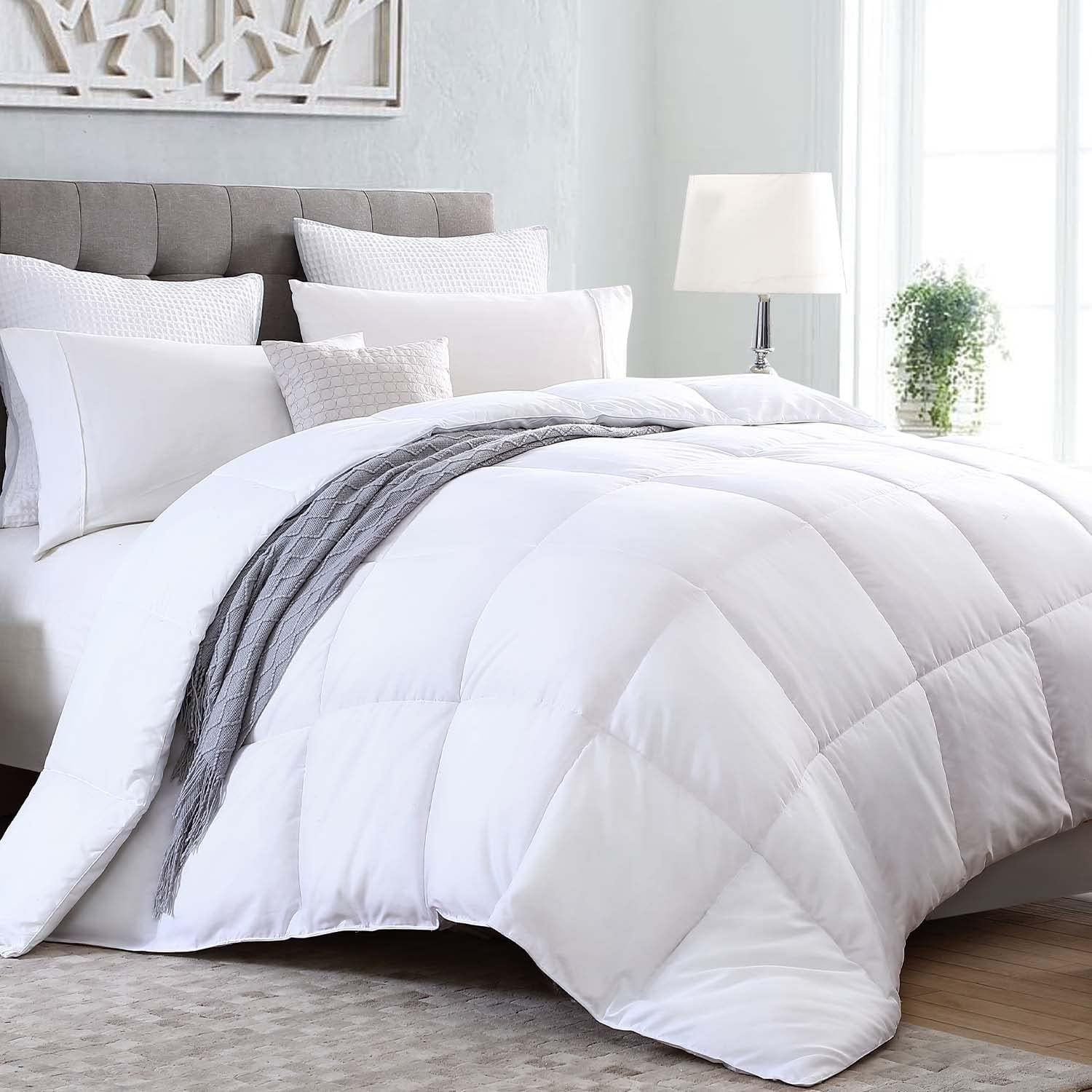

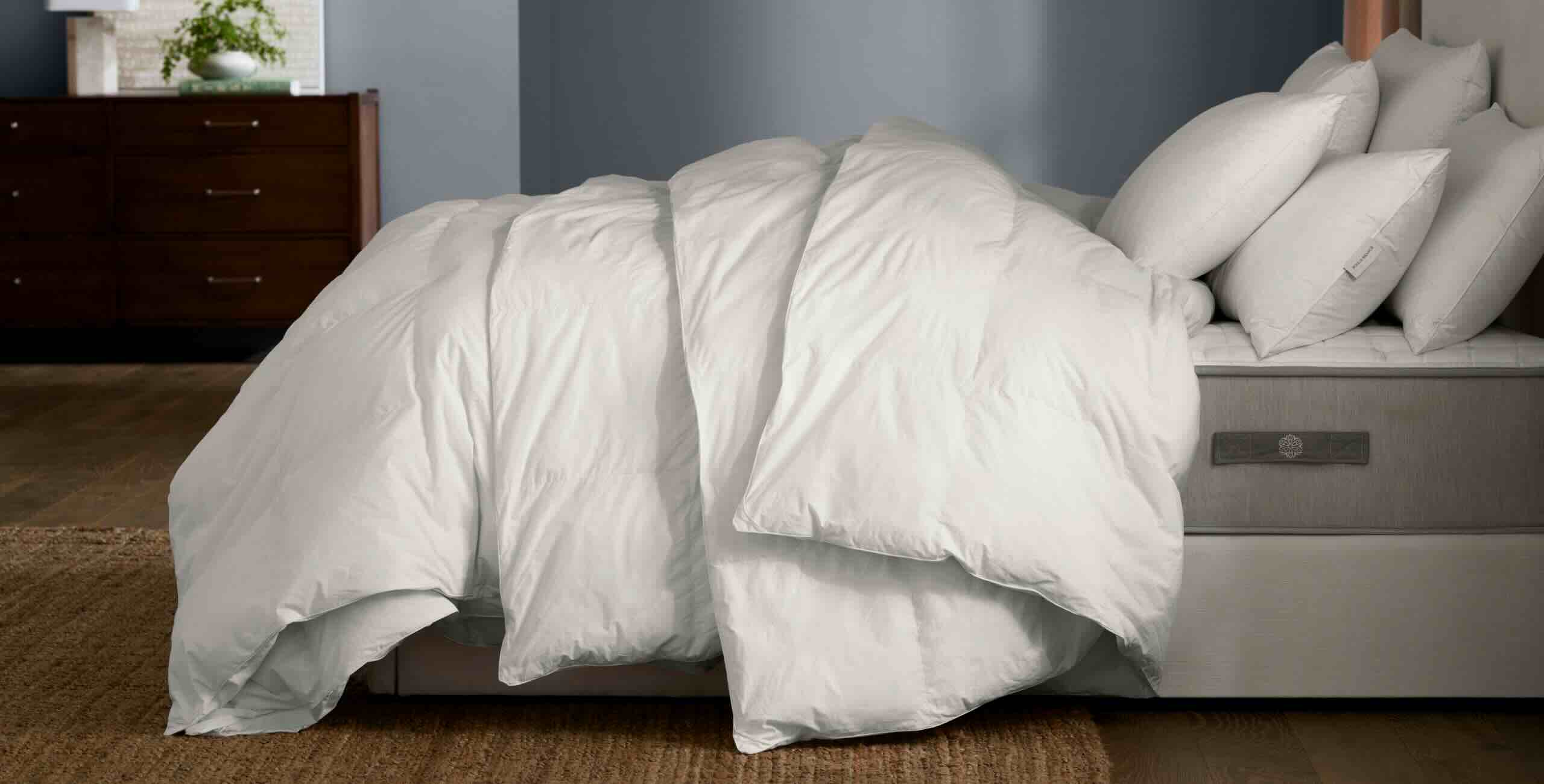
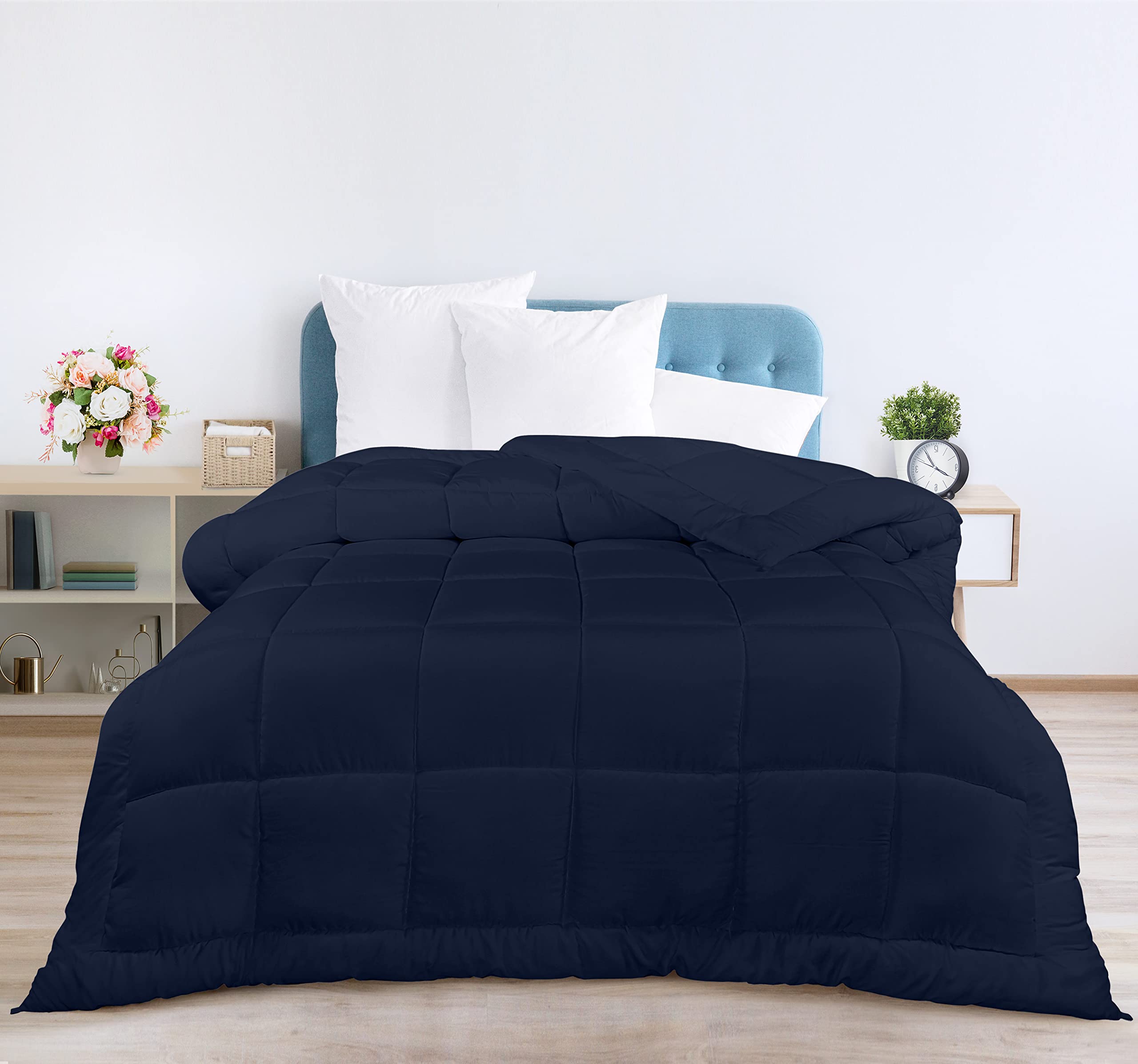
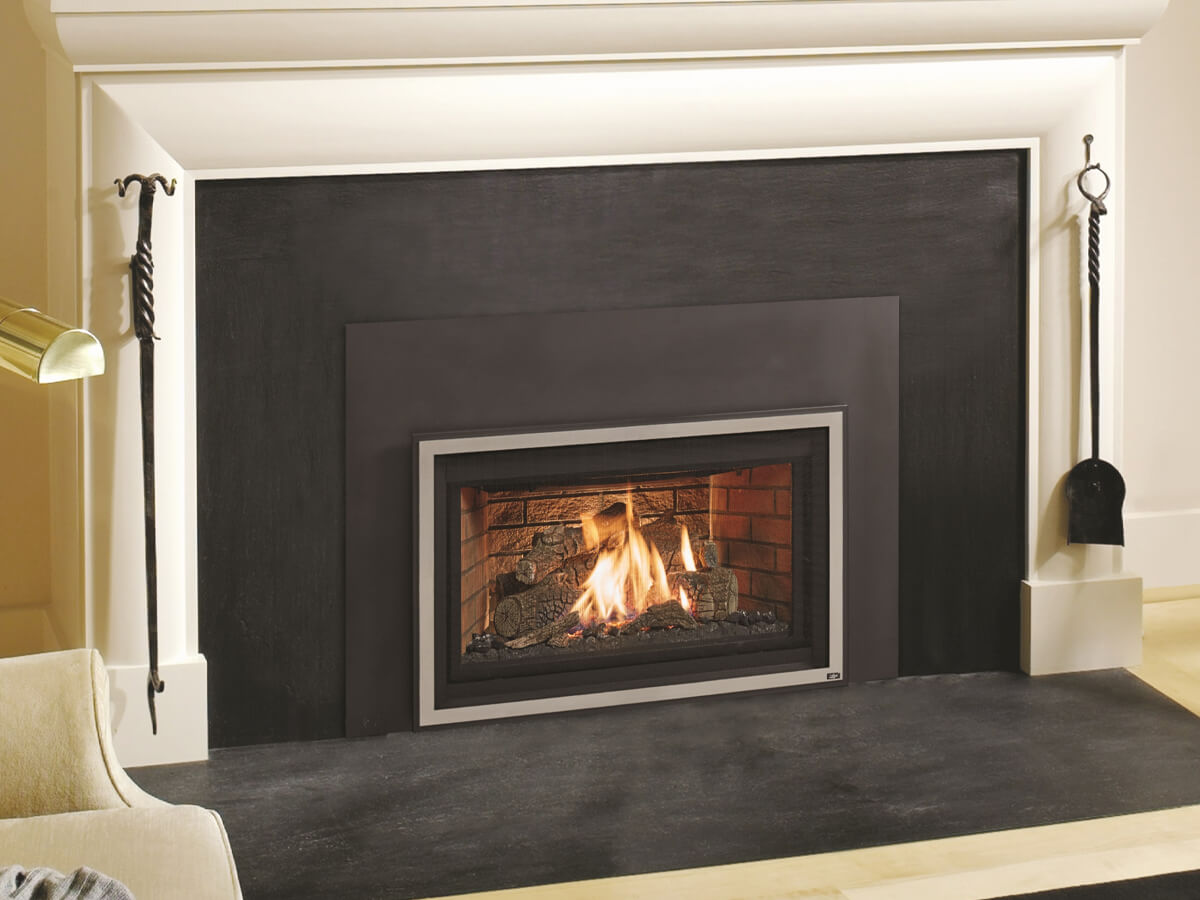
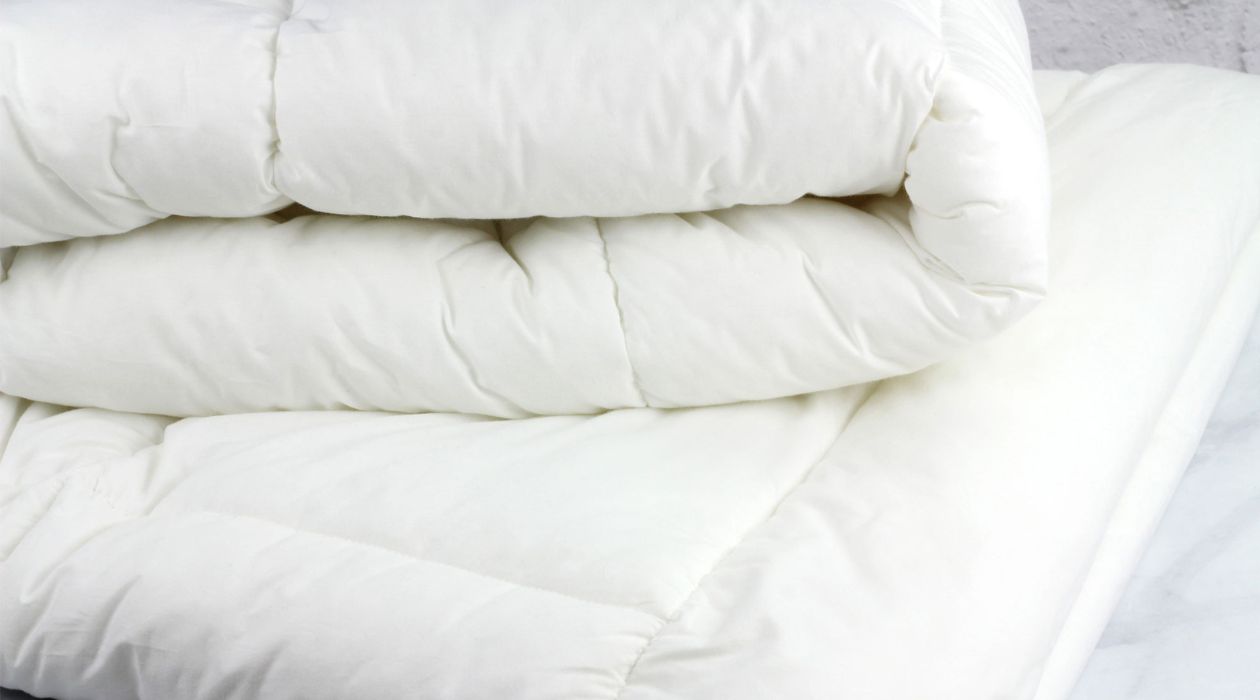
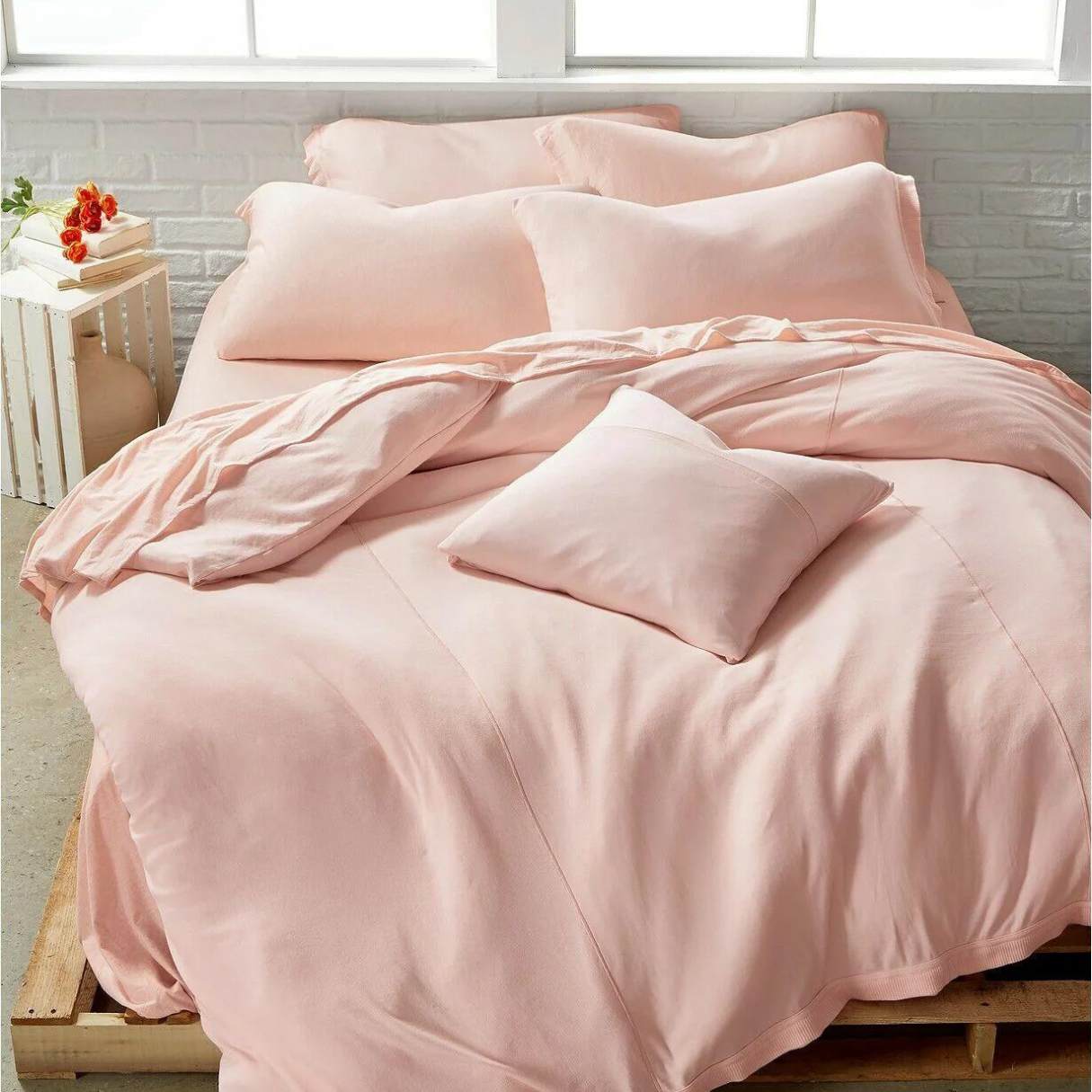
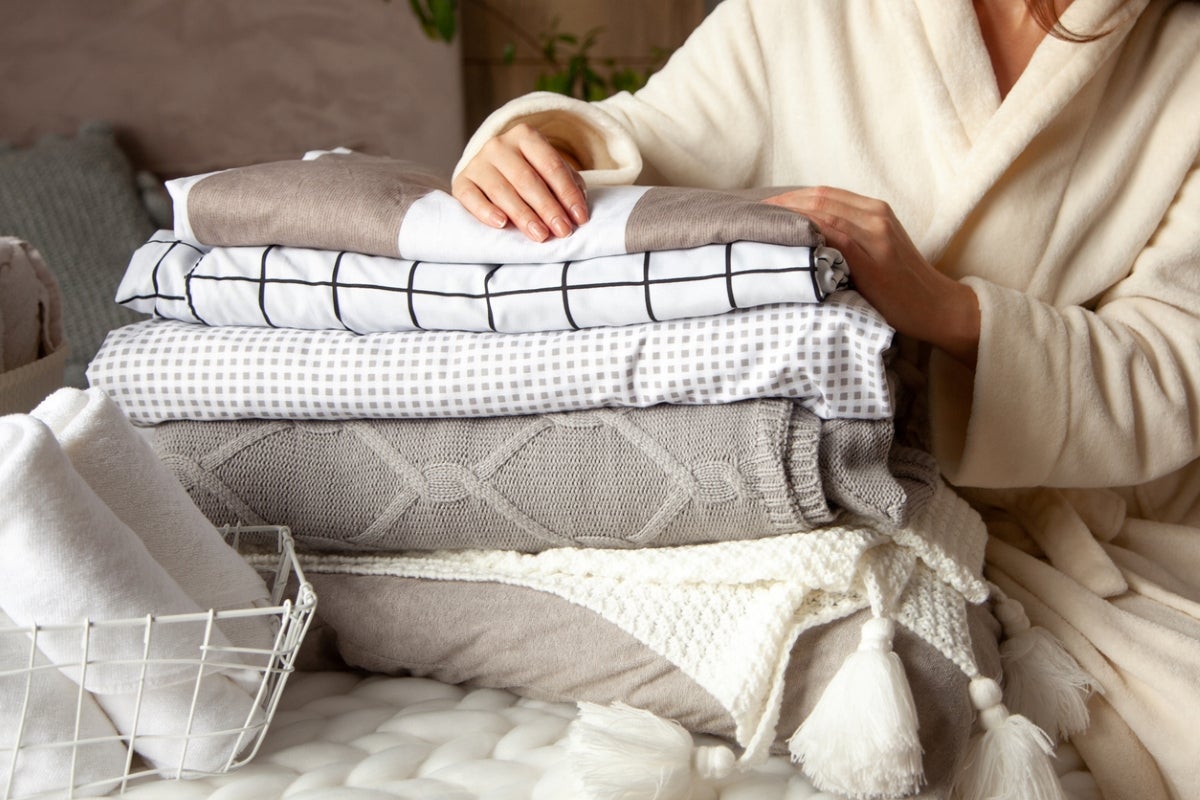
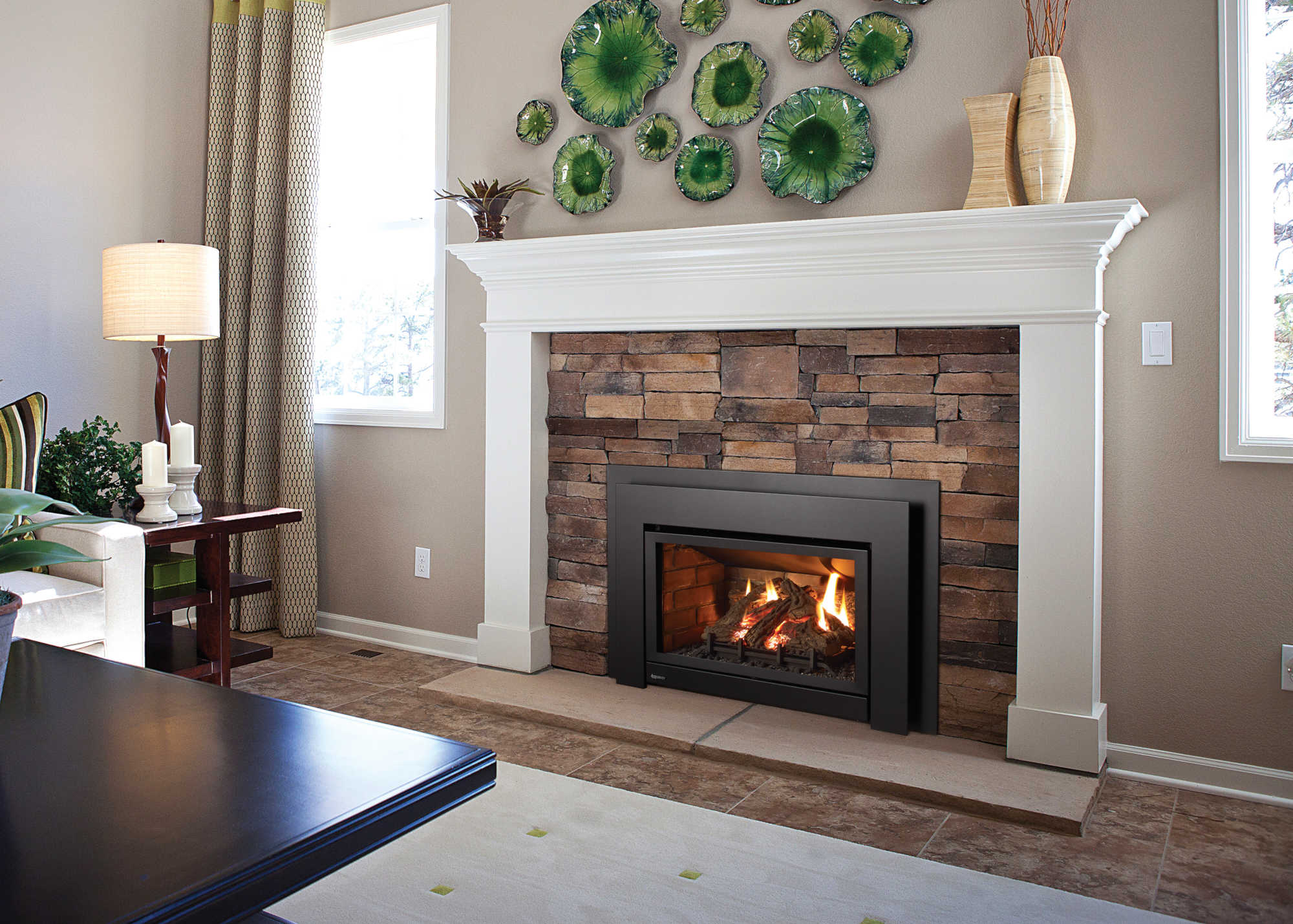
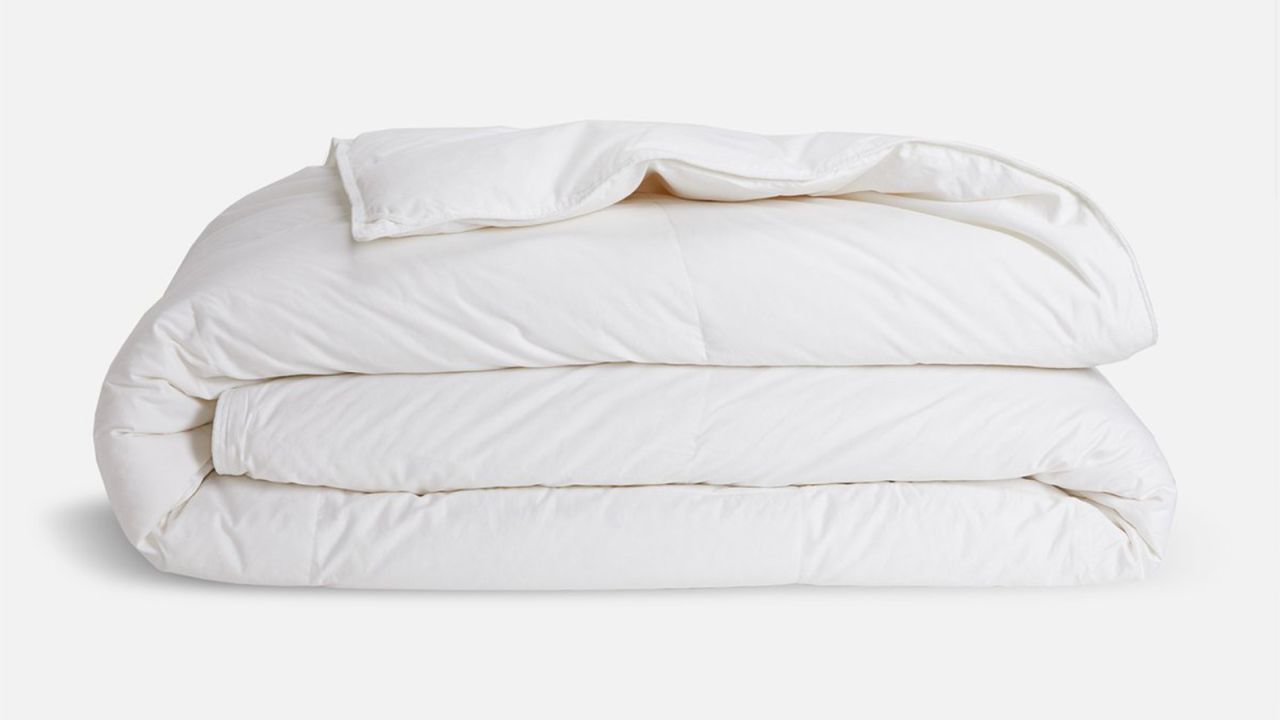
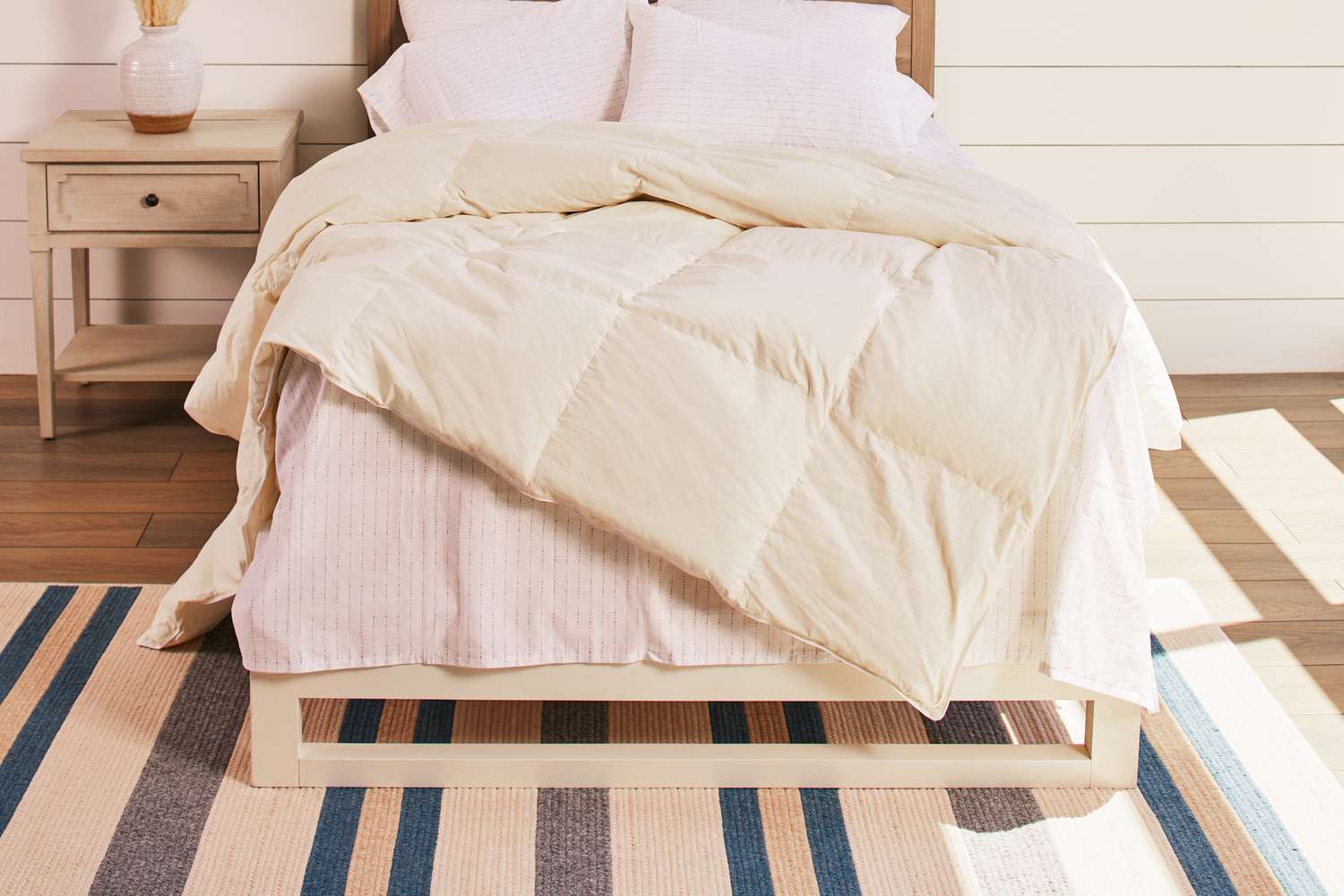
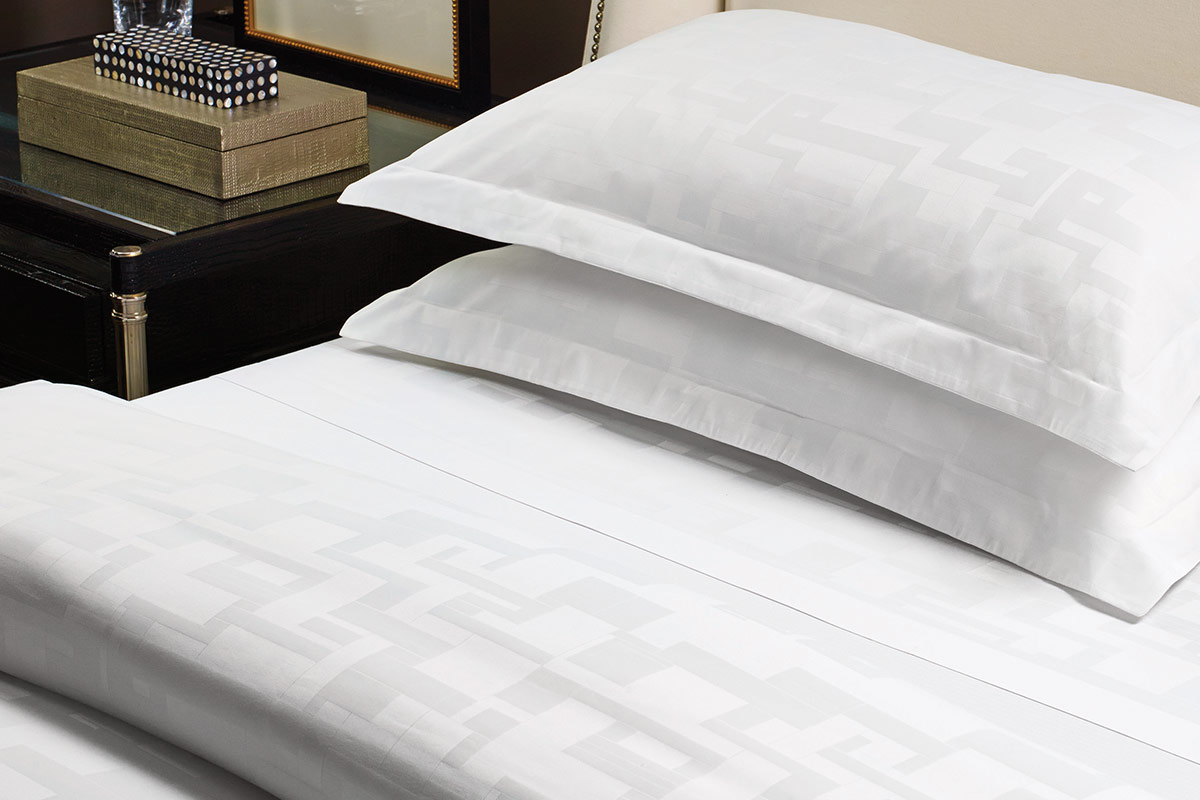
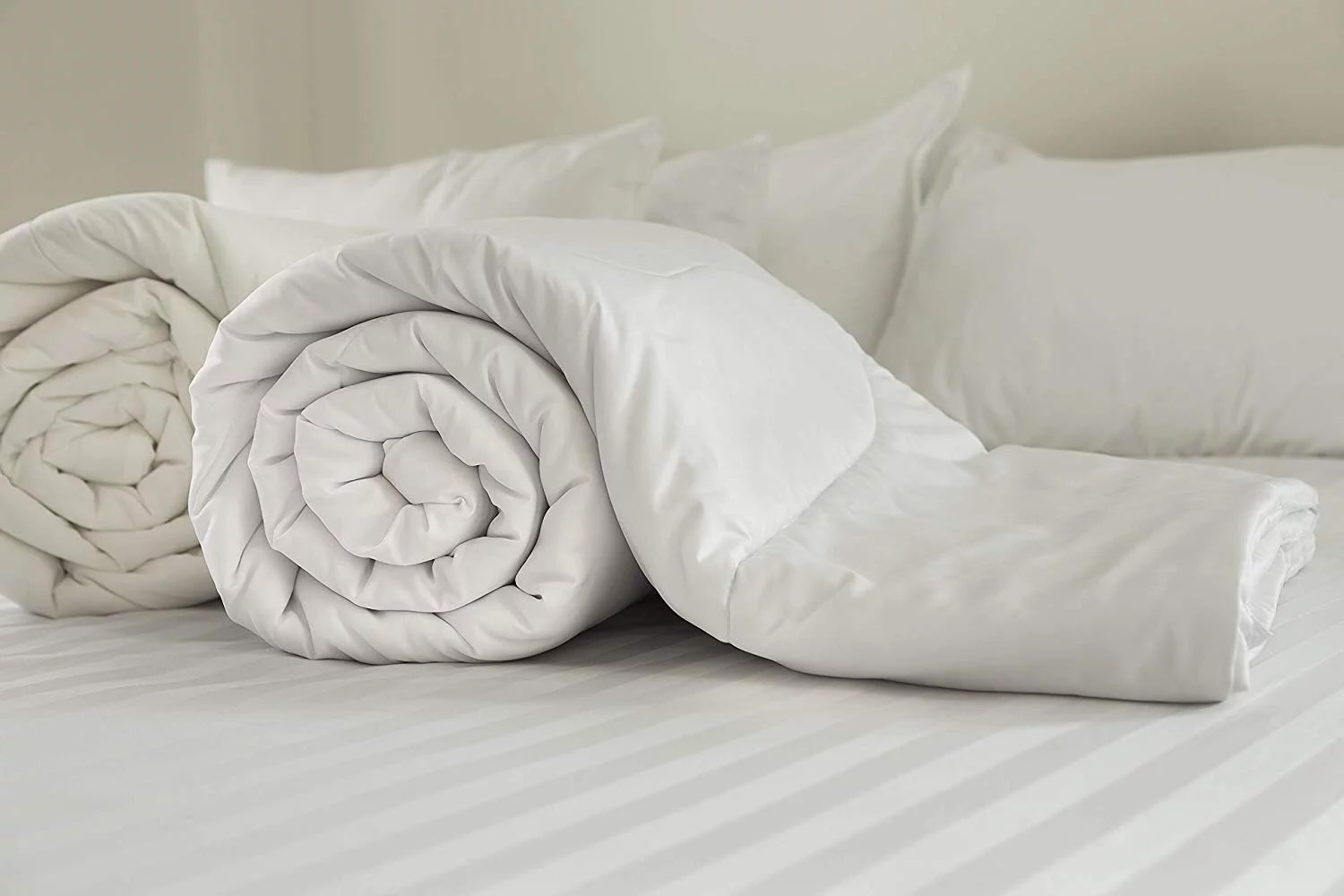


0 thoughts on “What Is A Duvet Insert”